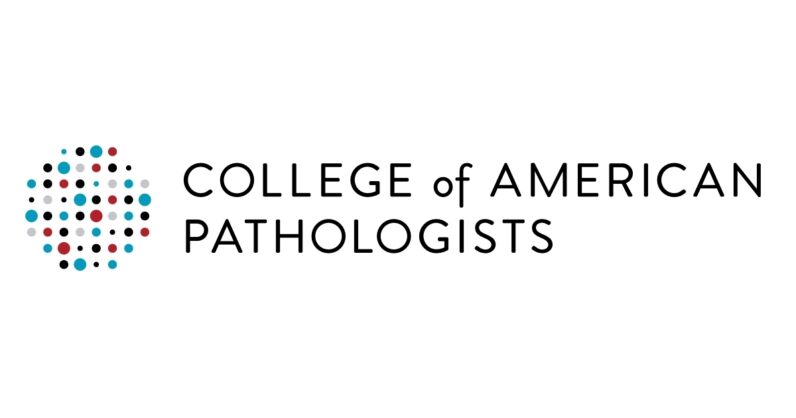The American Association for Clinical Chemistry (AACC); the American Society for Clinical Pathology (ASCP); the American Society of Hematology (ASH); and the International Myeloma Working Group (IMWG), collaborate to develop the guideline

The College of American Pathologists (CAP) new evidence-based clinical practice guideline, “Laboratory Detection and Initial Diagnosis of Monoclonal Gammopathies,” establishes recommendations that pathologists and clinicians can implement to better manage to test and improve the accurate diagnoses of patients with monoclonal gammopathies (MGs). The guideline was published August 4, 2021, as an early online release in Archives of Pathology & Laboratory Medicine.
MGs encompass a wide variety of patient conditions that can range in severity from the asymptomatic Monoclonal Gammopathy of Undetermined Significance (MGUS) to the potentially life-threatening Multiple Myeloma. The complex cascade of laboratory testing to diagnose patients with MGs has been shown to vary widely across medical teams, and such variability can spur inconsistent or poor outcomes.
“We found that with the addition of a few significant easy steps in the guideline, most laboratories will be able to provide a comprehensive, standardised initial workup for MGs, which will improve the quality of their results and reduce the marked variability in testing methods,” said Mr M. Qasim Ansari, MD, FCAP, a co-chair of the CAP-assembled expert panel that developed the guideline.
“Another valuable finding is how the straightforward implementation of both serum protein electrophoresis (SPEP) and serum-free light chain testing (sFLC) for the initial sample dramatically improves detection of MGs that only, or mainly, express monoclonal free light chains,” said guideline co-chair David F. Keren, MD, FCAP.
Additionally, the guideline recommendations detail information that should be included in the laboratory order, tests that should not be ordered, and quantitative levels that should be reported in recommended assays.
With a goal of ensuring that even small labs with limited resources are able to follow the guidance, four medical societies collaborated with the CAP to develop the guideline: the American Association for Clinical Chemistry (AACC); the American Society for Clinical Pathology (ASCP); the American Society of Hematology (ASH); and the International Myeloma Working Group (IMWG).

Subscribe To Our Newsletter & Stay Updated